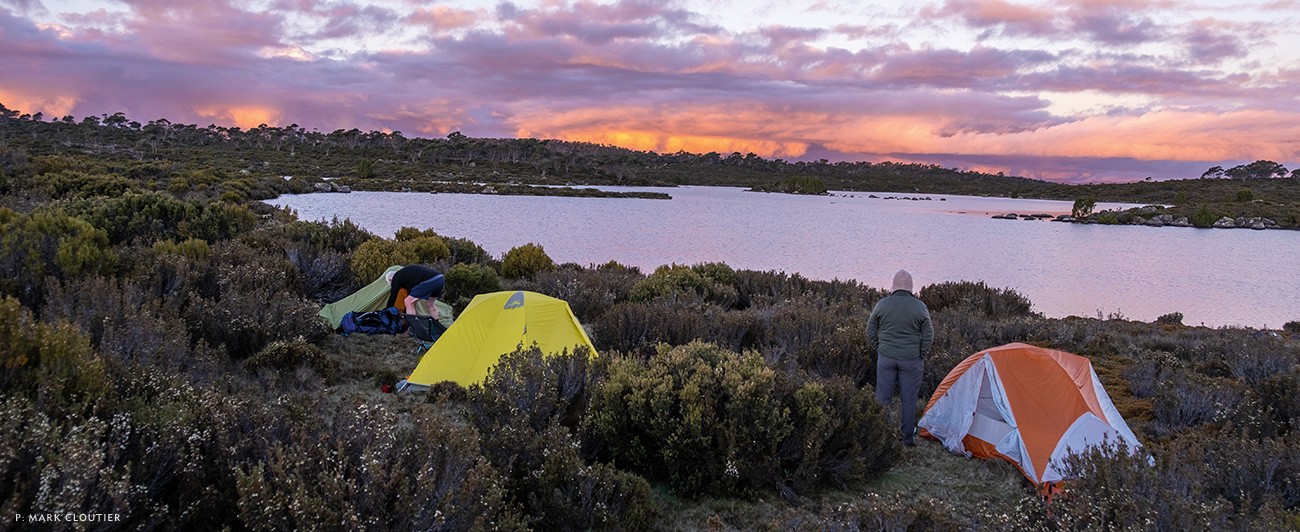Adventure
TASMANIA
NO PLACE AT ALL: Tripping on Trophies in Tasmania
Tasmania’s Western Lakes can’t be found on maps. This isn’t a deliberate approach to keeping things on the shush—there is little point, as there is enough water “out west” to fish every day of the week for a century. The reason this place isn’t on a map is far more logical—it isn’t an official name. Instead, it’s a colloquial term local anglers have given to a broad sweep of the high plateau that lies west of Liawenee, itself an obscure collection of fisheries buildings and ranger’s station. From Hobart, the capital, it’s a three-hour drive to the cluster of buildings, then an additional hour or more of jarring corrugations and potholed roads leading deep into the plateau.
Much of the terrain is rolling heath and stunted scrub that is prickly and gnarly, with snow gums dotting the higher ridgelines. Pencil Pines cling to lakeshores offering a glimpse into prehistory. These trees feel foreign; the whole place feels this way, as if it has been cut and pasted from another planet. When the last ice age was over and the massive ice sheet that covered the land melted, the plateau was reborn with a network of tarns, lagoons and lakes with connecting gutters and streams that are unique to this part of the world. When the English arrived with their convicts, they also brought trout, which eventually found their way up here. It was the perfect habitat and the brown trout thrived…
